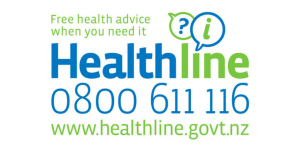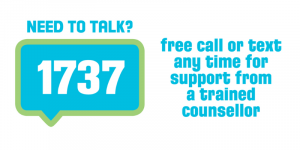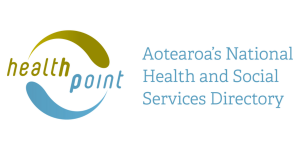Wishing everyone a safe and happy Christmas and New Year – Meri Kirihimete from the Healthify team.
Gliclazide
Sounds like 'gli-cla-zide'
Key points about gliclazide
- Gliclazide is used to treat type 2 diabetes.
- It belongs to a group of medicines called sulfonylureas.
- Gliclazide is commonly called Glizide.
- Find out how to take it safely and possible side effects.
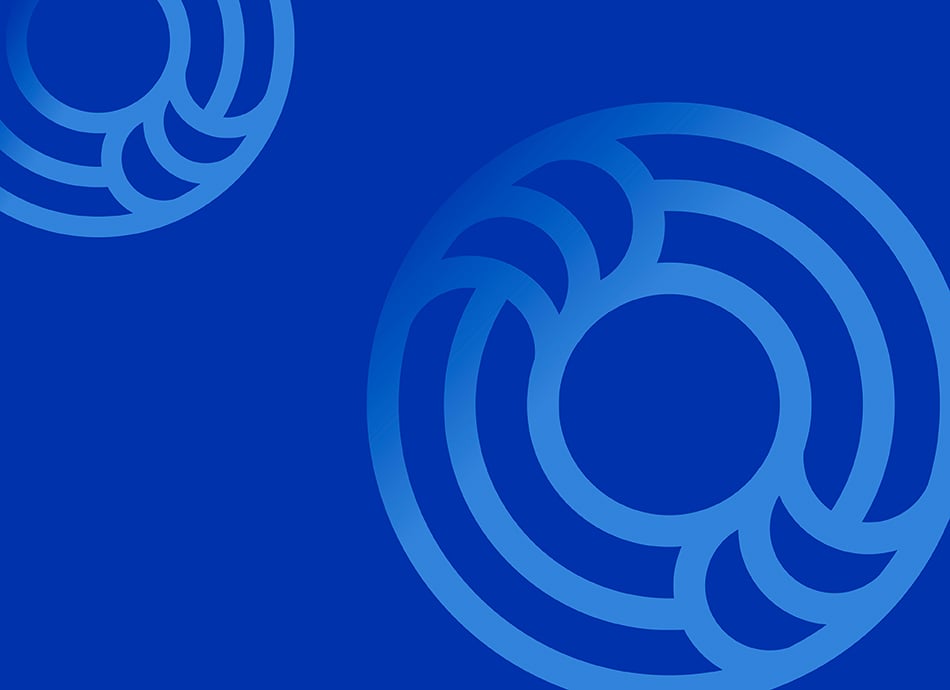
Gliclazide is used to treat type 2 diabetes. It works by increasing the amount of insulin produced by your pancreas and in this way lowers high blood glucose. Gliclazide can be used alone or with other medicines (such as metformin), along with good nutrition and regular exercise. It is one of a group of medicines known as sulfonylureas.
Read more about type 2 diabetes and medicines for type 2 diabetes.
Note: There is also a similar-sounding medicine called glipizide. This is also used to treat type 2 diabetes. If your tablets look different to your last supply, ask your healthcare provider or pharmacist for advice.
In Aotearoa New Zealand, gliclazide is available as tablets (80 mg).
- Always take your gliclazide exactly as your healthcare provider has told you. The pharmacy label on your medicine will tell you how much gliclazide to take, how often to take it, and any special instructions.
- The dose of gliclazide will be different for different people.
- Your doctor will start you on a low dose and increase your dose gradually, depending on your blood glucose level. This allows your body to get used to the medicine and reduces side effects.
- The usual dose is from one half tablet (40 mg) to four tablets (320 mg) each day.
- Each day's tablets are usually given once a day (with breakfast) or divided into two doses (with breakfast and with dinner).
- Timing: Gliclazide may be given once or two times a day. Your healthcare provider will tell you how often to take it. If prescribed once each day, take your dose in the morning with breakfast. Take gliclazide at about the same times each day so that this becomes part of your daily routine – this will help you to remember to take it.
If taken two times a day, take your doses in the morning and in the evening, with your meal.
Do not skip meals while taking gliclazide – this can increase your risk of hypoglycaemia. - Limit or avoid alcohol while you are taking gliclazide: It may increase your risk of side effects and mask warning symptoms of hypoglycaemia.
- Missed dose: If you forget to take your dose, take it (with food) as soon as you remember. But, if it is nearly time for your next dose, just take the next dose at the right time. Do not take double the dose.
- Keep taking gliclazide regularly: To control your diabetes you must take gliclazide every day. Contact your healthcare provider for advice if you have been unwell and missed meals.
- If you are thinking about stopping: Speak to your healthcare provider for advice.
Don't skip meals
Gliclazide increases the chances of your blood glucose level going low (hypos). It's best to take gliclazide with breakfast and it’s important to eat regularly. Don't skip or delay your meals. Skipping or delaying meals, eating too little, or having low-carb food increases the risk of low blood glucose (hypoglycaemia). If you are travelling, be aware that delayed meals, unfamiliar foods, different time zones, and changes to activity can affect your blood glucose. Always wait until your meal is in front of you before taking your gliclazide dose.
Have a sick day plan for when you're unwell
If you have diarrhoea (runny poo) or are vomiting (being sick) from a stomach bug, or are dehydrated, it’s important to let your healthcare provider know, as they may advise you to stop taking gliclazide for a few days and start again when you are eating and drinking normally. Read more about having a diabetes sick day plan.
Taking other medicines
Gliclazide may interact with some medicines and herbal supplements, so check with your healthcare provider before starting gliclazide and before starting any new medicines or herbal supplements.
Testing your blood glucose
Blood glucose test meters are funded if you are taking gliclazide. Your healthcare provider will advise you how often to test your blood glucose. This may be more often when you first start taking it. When your blood glucose levels are under control you may only need to test 3 to 4 times a week. However, you may need to do additional tests if you feel your blood glucose levels are low or you feel unwell. Read more about blood glucose test meters.
Like all medicines, gliclazide can cause side effects, although not everyone gets them. If you're concerned about any symptoms you think might be related to your medicine, talk to your healthcare provider. The following information offers some guidance but doesn't include all possible side effects.
Common side effects
Tell your healthcare provider if these bother you.
- Nausea (feeling sick), vomiting (being sick) or diarrhoea (runny poo): Ask your healthcare provider for advice if you are dehydrated from vomiting or diarrhoea. They may advise you to stop taking your gliclazide until you are eating and drinking normally.
- Weight gain: Lifestyle changes can be helpful in preventing weight gain, such as making better eating choices, limiting your portion sizes, and getting more exercise. Read more about medicines and weight gain.
Low blood glucose
Sometimes gliclazide may lower your blood glucose too much. This is called hypoglycaemia or a 'hypo'. Hypos are most likely to occur when gliclazide is used together with other diabetes medicines such as metformin or insulin, if you have kidney problems (chronic kidney disease) or are elderly or have taken gliclazide but missed a meal.
Hypoglycaemia may cause you to feel weak, faint, dizzy, drowsy or irritable. You may get a headache, tremor (shakes) or blurred vision. If this occurs, drink something sweet such as a small glass of sweetened soft drink, or fruit juice or eat something sweet such as lollies or glucose tablets. Follow this up with a snack such as a sandwich. Tell your healthcare provider if this happens and do not drive if you are feeling dizzy, drowsy or have blurred vision. Read more about low blood glucose.
Tell your healthcare provider immediately or phone Healthline free on 0800 611 116 if these occur
- Signs of problems with your liver such as yellow skin and eyes, dark urine and stomach pain.
Read more about medicines and side effects and reporting a reaction you think might be a side effect.
The following links have more information on gliclazide.
Gliclazide(external link) (te reo Māori(external link)) New Zealand Formulary Patient Information
Glizide (Gliclazide)(external link) Medsafe Consumer Information Sheet, NZ
References
- Gliclazide(external link) New Zealand Formulary
- Managing patients with type 2 diabetes: from lifestyle to insulin(external link) BPAC Dec 2015
Brochures
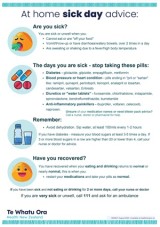
At home sick day advice
Health New Zealand | Te Whatu Ora, 2023
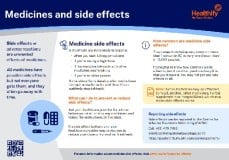
Medicines and side effects
Healthify He Puna Waiora, NZ, 2024
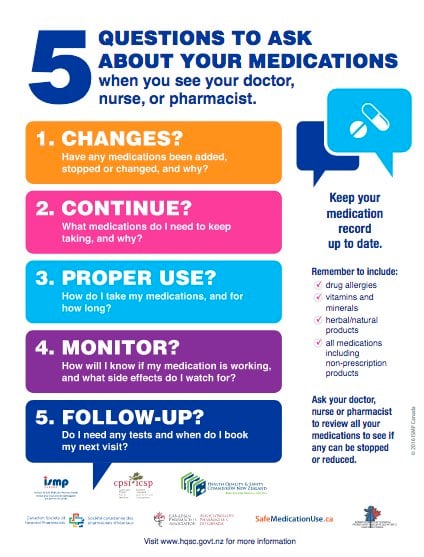
Health Quality and Safety Commission, NZ, 2019 English, te reo Māori
Credits: Sandra Ponen, Pharmacist, Healthify He Puna Waiora. Healthify is brought to you by Health Navigator Charitable Trust.
Reviewed by: Angela Lambie, Pharmacist, Auckland
Last reviewed:


